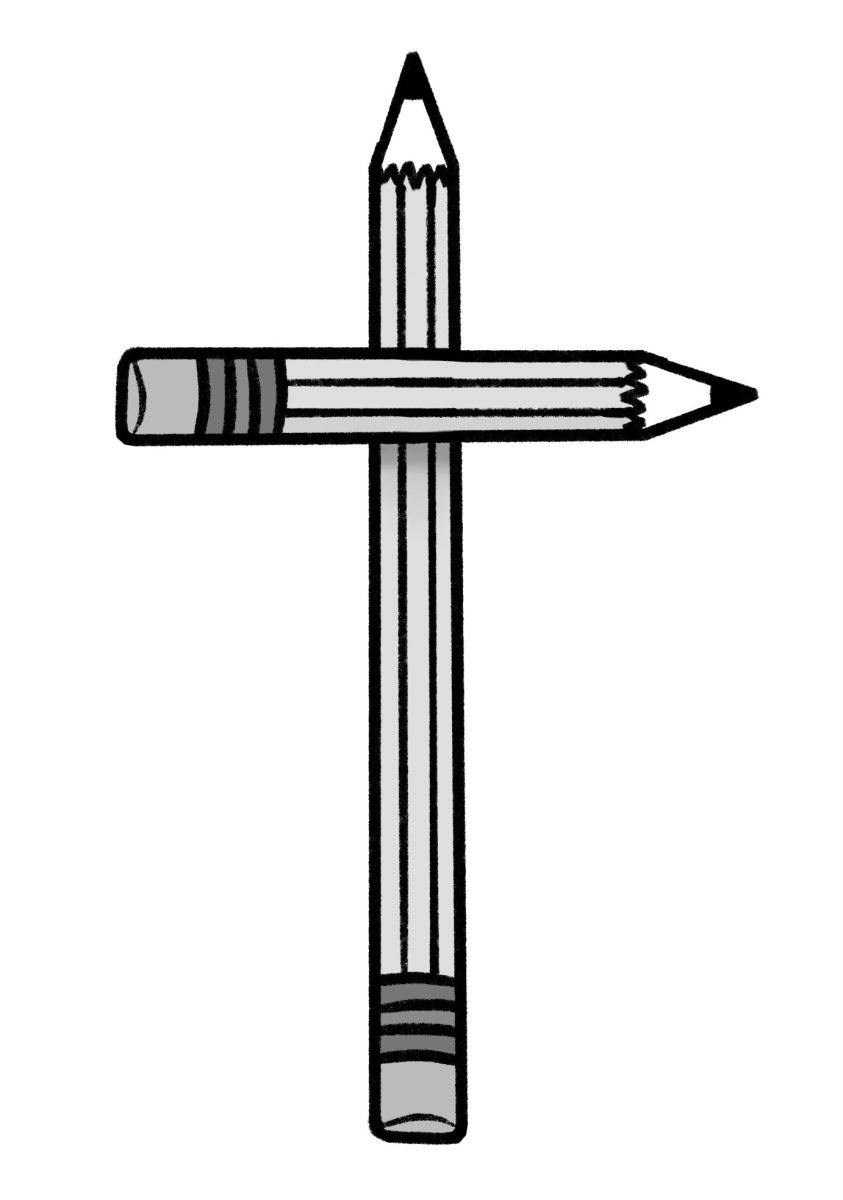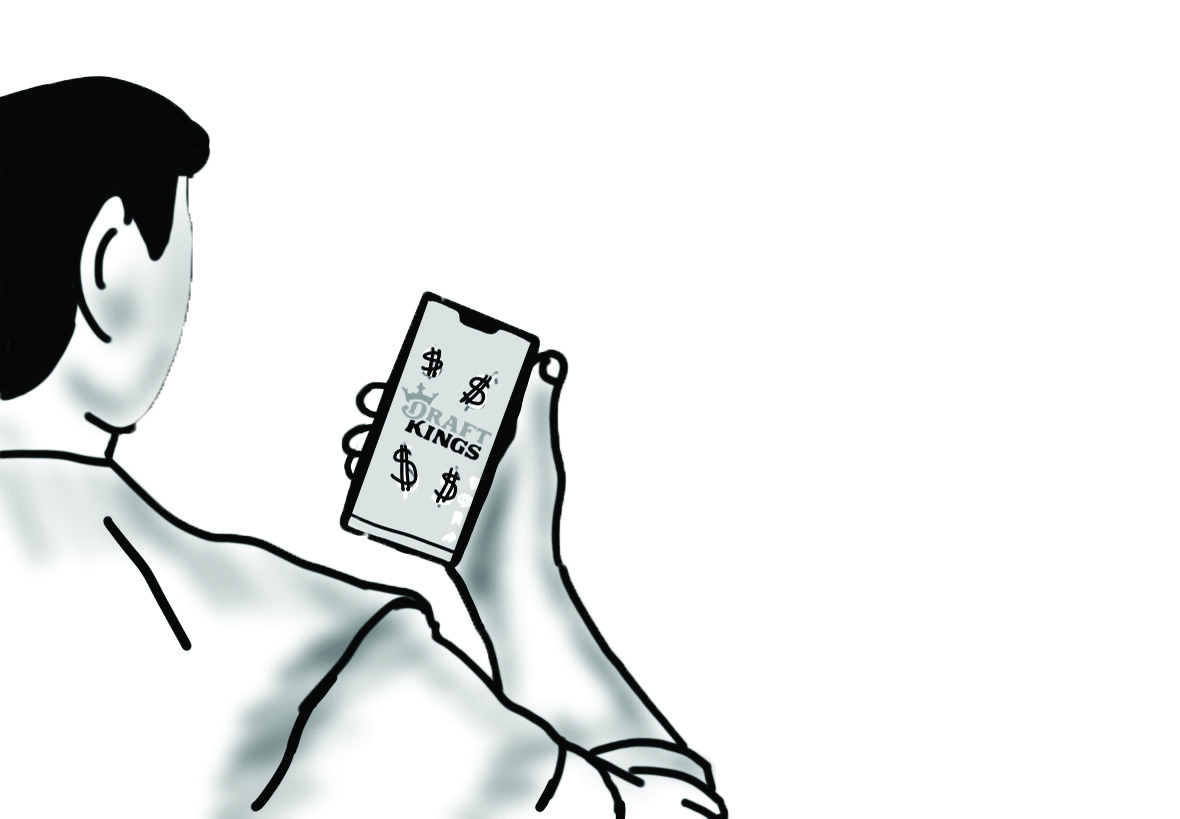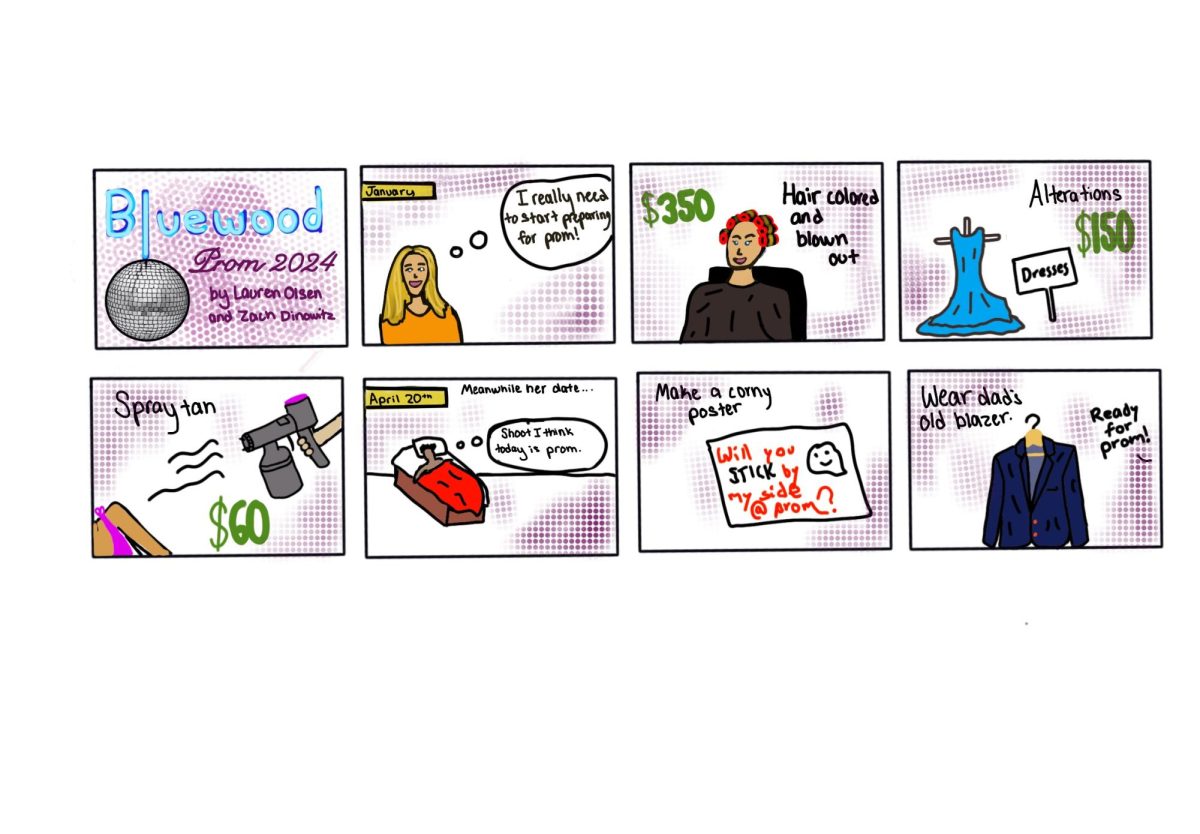You probably follow a similar routine every morning: get out of bed, eat breakfast, put on clothes, etc. You might throw on whatever clothes you see or carefully put together an outfit that you feel suits the day. Either way, chances are the clothes are from a major retailer such as Nike, Forever 21 or H&M.
Brands like these are all examples of fast fashion, a term that describes the cycle of clothes these companies follow. Luxury and designer brands typically have two to four collections a year, whereas a store such as Forever 21 has around 18. This strategy is used for a variety of reasons: to attract new customers, keep up to date on trends and lower prices.
In reality, there’s nothing wrong with the fast fashion business plan. In fact, it’s a good theory from an economic standpoint in terms of maximizing profit. The problems arise when brands try to implement these ideas successfully.
Buying and producing fast fashion is not only wasteful, but incredibly destructive to the environment and harmful to those who are actually making the clothes. Redwood students should be more aware of where their clothes are coming from.

In order to keep up with trends as fast as possible, brands and supply lines put a huge emphasis on producing clothes cheaply. As with many other industries, most labor is outsourced to developing countries such as China and Bangladesh.
Brands hire factories to produce their clothes, meaning the brands themselves often don’t have direct control over the usually poor working conditions in these factories. In an industry so focused on cheap production, little emphasis is put on safety or the well-being of workers.
In 2013, the entire industry came under fire after a garment factory collapse in Bangladesh killed over 1,000 workers. That year alone, 140 additional garment workers were killed in various factory fires, workers that were killed so we can buy jeans for $10.
These factories are not only a danger to their workers, but to the villages and towns in which they are located, such as when textile mills release chemicals and dyes into local water supplies. In Bangladesh, the polluted water supply is causing widespread illness in communities with factories.
A similar situation is also happening in India.The water is being saturated with chemicals, then getting released back into the community and ruining local farmlands. For these reasons, fashion is actually the second most polluting industry in the world, according to the Danish Fashion Institute.
It’s important to note, though, that these sweatshop factories aren’t just overseas. In 2012, the United States Department of Labor found a number of serious labor law violations by 10 garment companies, including Forever 21 and Urban Outfitters, in just one building in the Los Angeles Fashion District. It was discovered that the garment companies were paying their employees far below minimum wage and refusing to pay overtime.
Buying fast fashion habitually is also wasteful. Buying clothes in bulk, wearing them for a year or two (until they aren’t trendy anymore or they fall apart), then throwing them out is very unsustainable.Something that stops people from buying from ethical brands is definitely the price tag. One way to solve this problem it to visit local thrift shops!
Thrift and vintage shopping is a fun way to get cool clothes at cheap prices, and an easy option for shopping in an environmentally friendly way. Redwood’s Thrift -4-Hope club could be a good way to get started.
Even though the clothes may be still from fast fashion brands, it’s better to buy them secondhand because it won’t contribute to the cycle mentioned above, and the purchase won’t support the brand itself. There are also many places to get less expensive clothes that are still sustainably made.
A few personal favorites are Levi’s and Everlane. Many traditionally fast fashion brands such as H&M and Asos also have “green” labels that ensure they were made under safe and sustainable conditions.
Next time you’re going shopping, do a quick Google search. If the item is made in a developing country, consider the implications of buying it.
Is the cheap price tag still worth it?
















